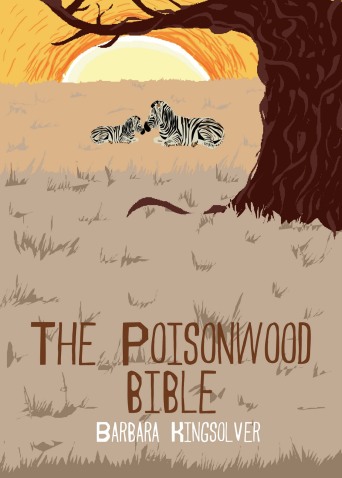
My dear friend, Elizabeth Lowder, has taught me many things about social media and journalism this year. Social media is playing an increasingly important role in journalism. Website traffic frequently comes in “sideways” through social media outlets like Facebook, Twitter, etc. Social media is a huge driving factor in the industry.
Before I met Elizabeth, I considered myself somewhat experienced in posting and tweeting. However, she quickly dashed my naiveté to pieces. Having been the social media coordinator for several organizations, including The Crimson White newspaper and the University of Alabama journalism department, she has acquired a myriad of skills. A million reasons, including her social presence and personality, contribute to her success in social media. But here are a few that stand out to me in particular, for those of you interested in becoming Twitter divas.
Elizabeth tweets, not once, but several times a day. She tweets/posts more frequently when attending an interesting or important event. Not only does she inform people about said event, she looks like an active person. A brief glance at her Twitter page tells viewers that she is highly involved in the local social and journalism scenes.
Time and time again, I see the use of humor as the best indicator of high traffic. Elizabeth, with the handle @getlowder, posts typically involve some kind of humor. It is an engaging, lighthearted tool that often requires wit. Her profiles make her look intelligent, yet approachable.
Elizabeth, though a frequent tweeter, also maintains accounts on Facebook, Snapchat, Instagram, Vine and GroupMe, among others. She reaches out to different audiences by using different platforms. This is also a way for her to gain followers on multiple levels.
Elizabeth does not tweet five times in a row, as she knows that people do not respond well to being bombarded in their newsfeeds. She often schedules tweets a few minutes apart, using Tweetdeck. She also notices the social media timing trends of other newspapers, and tries to discern how their approaches can be improved.
These are all reasons Elizabeth has garnered a significant social media presence, but perhaps the biggest reason is the amount of time effort she takes in interacting with users on a daily basis.










